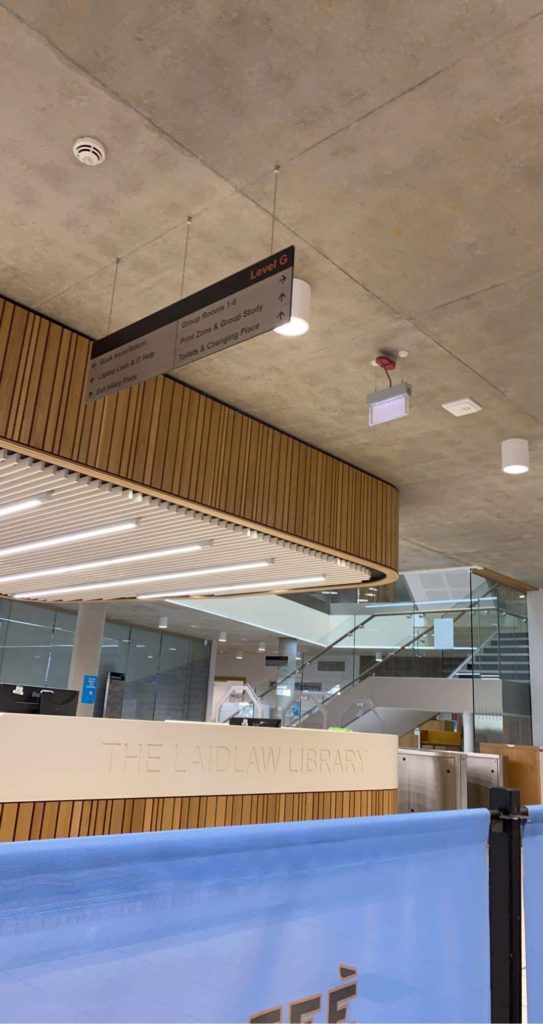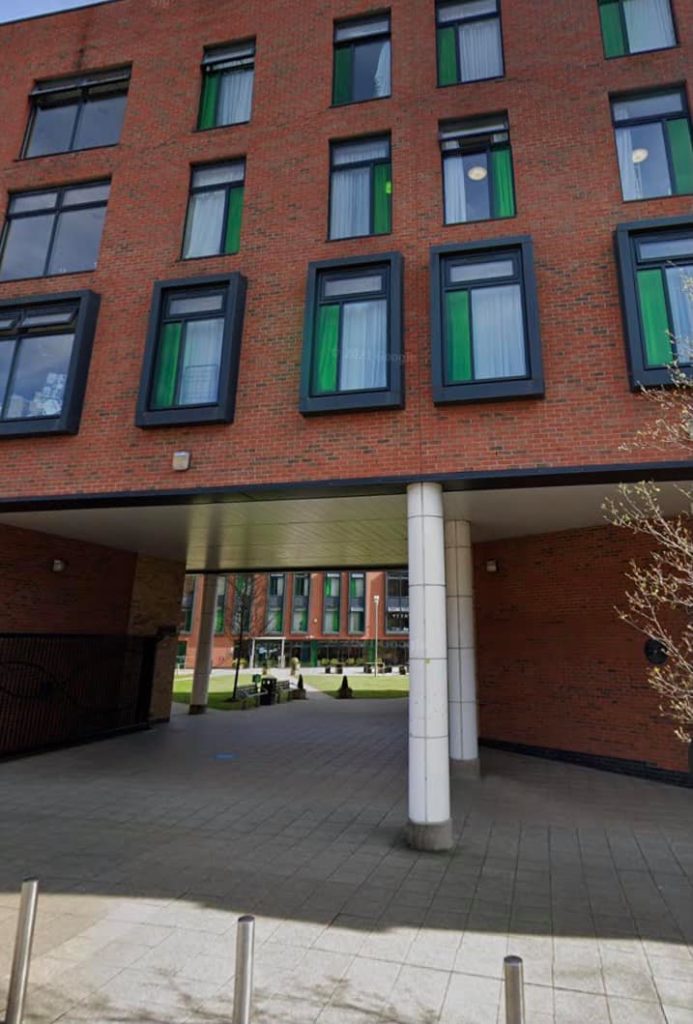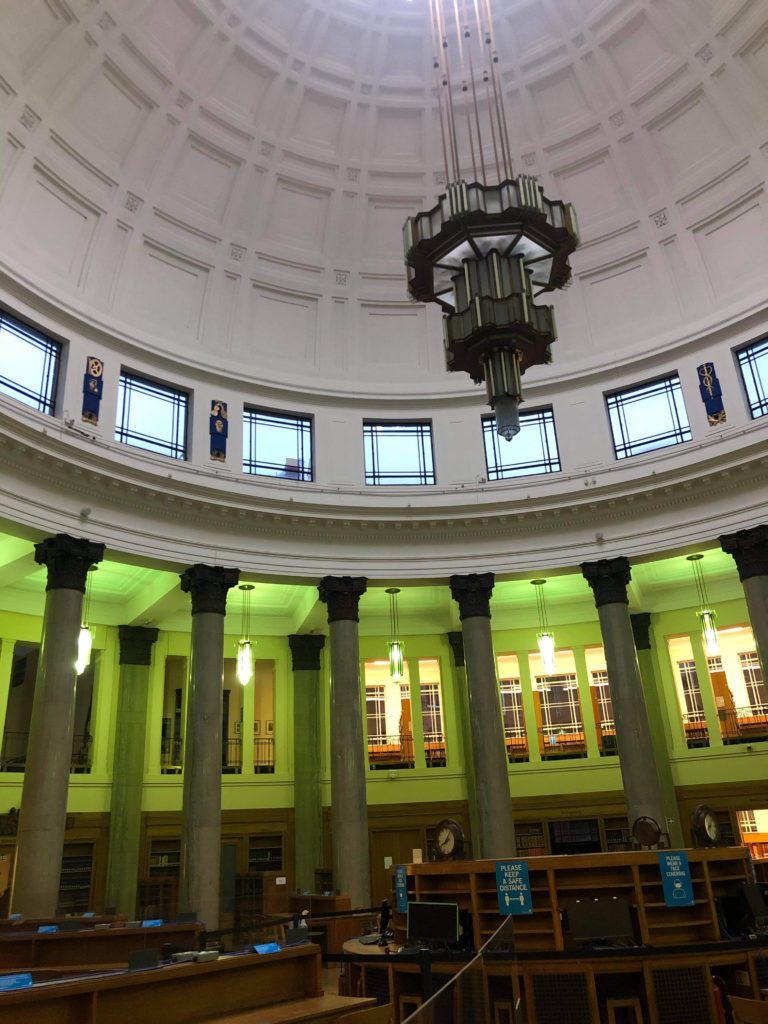
Who is Roger Stevens? Here are the people the buildings on campus are named after
Irvine Laidlaw is one of the richest men in Scotland
The University of Leeds campus contains all sorts of things beside stressed students dressed in flares and North Face puffer jackets; from highly debated statutes, which some have been tempted to climb, to tombstones in St George’s Field, which feature on the list of 66 Grade II listed buildings on the campus.
But as you walk around and question whether the wavy statue on campus really is “A Sign of Art,” or simply just two rashers of bacon, have you ever pondered the inspiration behind the actual building names?
Forget the rugby team, these guys are the real BNOCs. It’s time to increase your Leeds architectural knowledge, before you leave university lacking in fun facts to tell your home friends. Here are some of the notorious names (from youngest to oldest) plastered across the University of Leeds’ buildings:
Irvine Laidlaw (1942 – Present)
Laidlaw is a futuristic library on campus with a Caffè Nero inside, what’s not to like?
Irvine Laidlaw, a Scottish businessman and former member of the House of Lords, has been deemed “a Leeds sugar daddy” for those with a Laidlaw Scholarship. He studied at Leeds Uni himself, switching from textiles to business, before completing an MBA in New York.
In 2002, Laidlaw appeared in Scotland’s top five in the Sunday Times Rich List and is now said to be worth around £745 million (the same amount as Victoria and David Beckham combined). He also repeatedly features in the top ten donors to the Conservative Party each year.
He’s enjoys competing in both car and yacht racing, owning 15 cars including two Porsche, two Maserati and a Bugatti Veyron.
In 2008, a letter written by Laidlaw was published stating he had been fighting sexual addiction following his participation in sex parties costing thousands, for which he underwent therapy in South Africa. He also pledged to donate £1 million to a clinic to help others in a similar position.

Edward Boyle (1923 – 1981)
The famous Eddy B is most people’s favourite of the Leeds libraries. It gained a lot of attention a couple years ago when a student climbed across the ledges.
The man this building was named after is Edward Boyle. He was previously Vice Chancellor at the university back in 1970. Prior to this, Boyle attended Eton and obtained a third-class degree from the University of Oxford, before pursuing a career in Parliament.
So, if you’re in the Eddy B library right now looking for a sign that grades aren’t the be all and end all – Edward Boyle and his third class degree is it.

Roger Stevens (1906 – 1980)
Roger Stevens is arguably the most talked about building on campus due to its confusing layout. Stevens joins Boyle in the list of Oxbridge graduates with buildings named after them.
He was the British Ambassador to Sweden, and then to Persia, before returning to the UK as Deputy-Under Secretary of State. Stevens was also Boyle’s predecessor as Vice Chancellor at the University of Leeds.

E.C. Stoner (1899 – 1968)
I remember walking onto campus, seeing “Stoner” and thinking it was an interesting choice of name for a university building, however, now I know it’s named after an actual person, everything makes more sense.
Unlike Edward Boyle, Edmund Clifton Stoner didn’t come from a wealthy background, however, he did take up a place at the University of Cambridge where he achieved a first class degree. He went on to become a theoretical physicist and lecturer at the University of Leeds.
Stoner suffered from ill-health, and on the university website, G.J. Morgan declares his life as: “a shining example of what can be achieved without the advantage of inherited wealth and how physical disabilities can be overcome with courage.”

Charles Morris (1898 – 1990)
Charles Morris studied and tutored at the University of Oxford and was Stevens’ predecessor as Vice Chancellor at the University of Leeds before opening his own school in Maryport, Cumbria, having previously been a headmaster in Birmingham.
Together with his wife, Mary (who also has an accommodation named after her), he published a book titled A History of Political Ideas.

Sir Henry Price (1877 – 1963)
Situated on the edge of campus, if you’re living in these halls there’s no excuse for missing you 9am lecture.
Unlike most of the people on this list, Henry Price was actually born in Leeds. He was married and had two adopted children.
Price was a businessman and philanthropist; he introduced the suit to those who struggled to afford one through his tailor’s shop named Fifty Shillings Tailors. He used his profits for botany and has a garden named after him at Kew Gardens. Price also bought a mansion with 500 acres, which now belongs to the National Trust and contains the Millennium Seed Bank.

James Baille (1872 -1940)
James Baille has been named the most fun of Leeds Uni halls.
James Baille, the person, studied at the University of Edinburgh and Trinity College at the University of Cambridge. He went on to lecture at University College Dundee and became Vice Chancellor at the University of Leeds.
More interestingly, during the First World War he was in the intelligence division of the British Admiralty.
Baille sadly died of prostate cancer in 1940.

Frank Parkinson (1887 – 1946)
I know what you’re thinking, surely this guy is the most impressive on the list if the university named the flagship building after him?
Well, he does have his picture in the National Portrait Gallery. Frank Parkinson was a Yorkshire born electrical engineer, who took over one of the oldest lighting companies in the world.
He paid for the entrance hall and tower of the Parkinson building, and set up the Frank Parkinson Scholarship worth £8,000 for postgraduate research. However, it’s not only Leeds Uni that has a building named after him as Hartpury College does too. He also has two roads named after him.

Edward Brotherton (1856 – 1930)
The Brotherton library is arguably the most aesthetic of all the Leeds Uni libraries.
Edward Brotherton left school at 15 and worked in a hardware store, before taking a position at a chemical lab in Wakefield.
He then founded his own company, which amongst other things supplied ammonia for extracting gold. Brotherton also sat in the House of Commons and was Lord Mayor of Leeds.
His wife sadly passed away in childbirth, along with his daughter. His own funeral was attended only by the male members of his family at his request.

Related stories recommended by this writer:
• What your favourite Leeds Uni library says about you
• What your Leeds Uni halls says about you
• Leeds Uni student climbs to top of the ‘Converse Column’ on campus









































